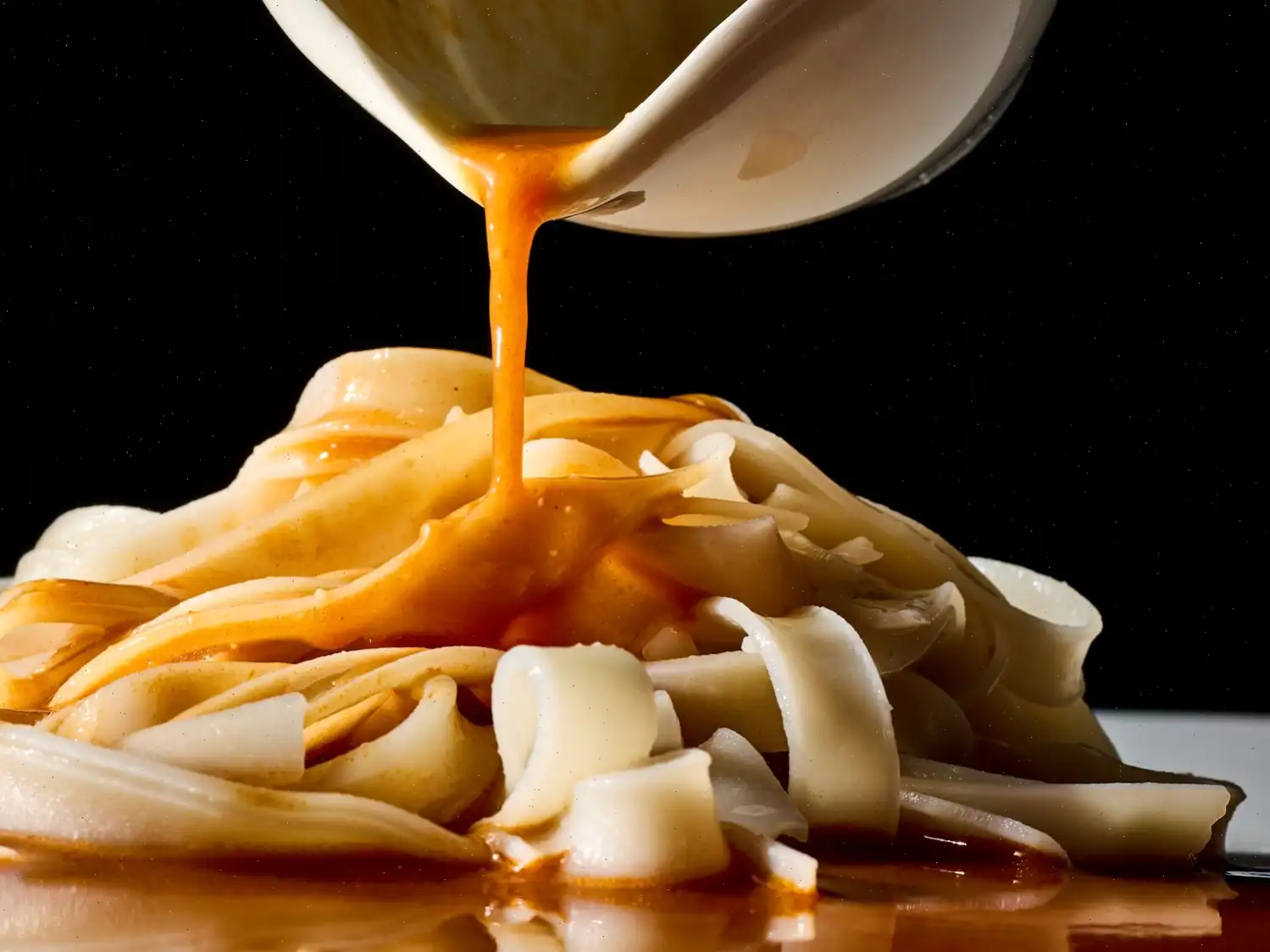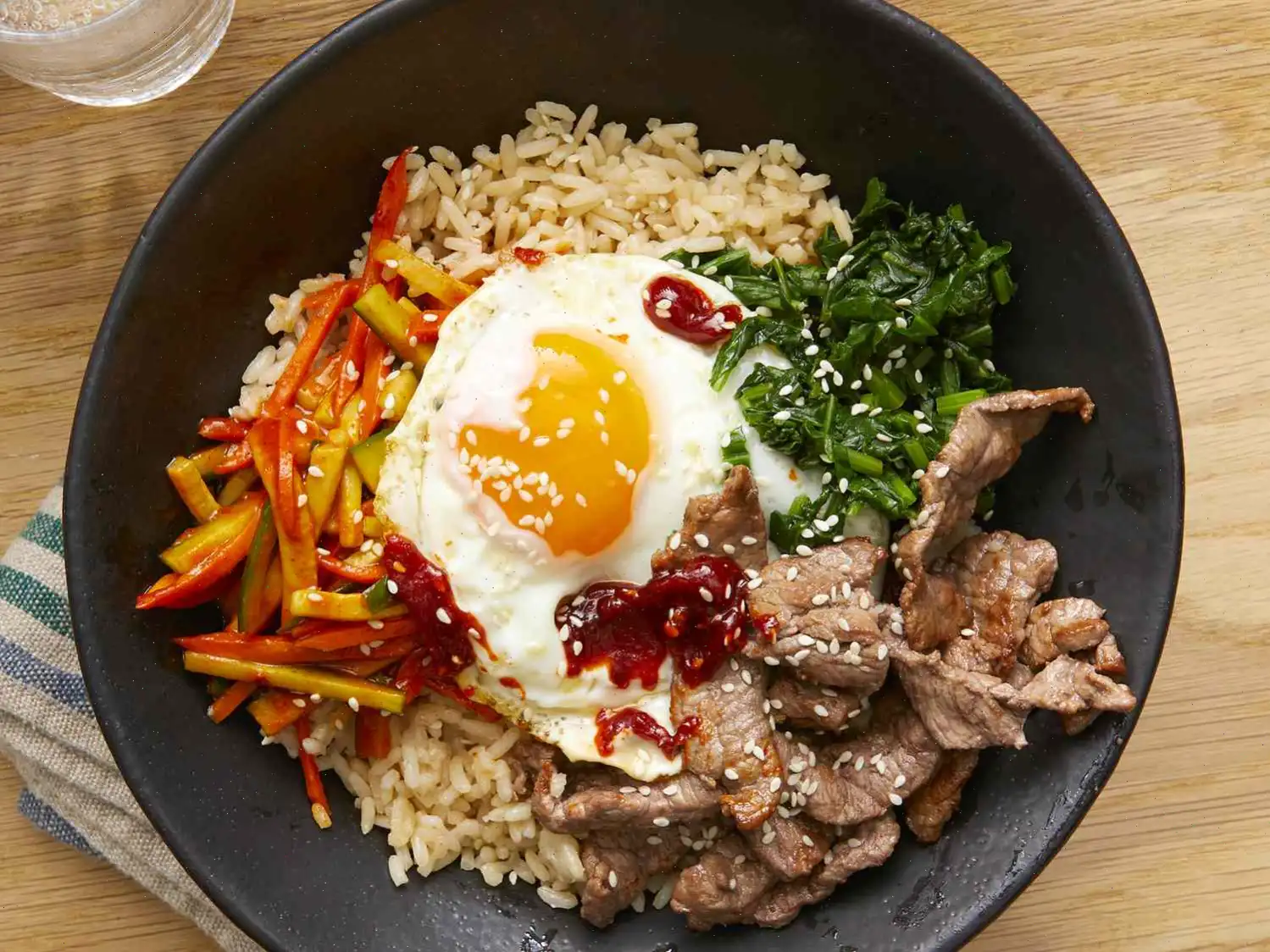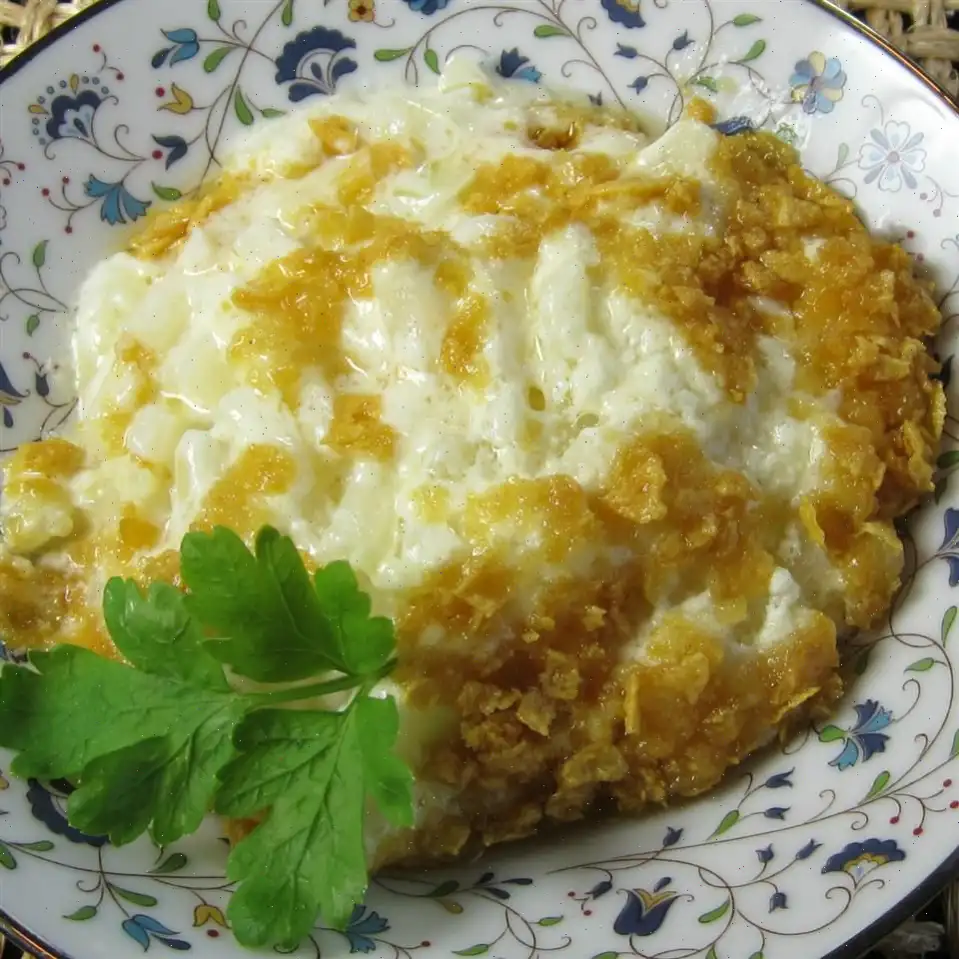
Soy-Miso Sauce Recipe
Ingredients
This recipe was developed at its original yield. Ingredient amounts are automatically adjusted, but cooking times and steps remain unchanged. Note that not all recipes scale perfectly.
- 1/4 cup butter
- 1/2 cup chopped onion
- 1/4 cup chopped celery
- 1/4 cup chopped peeled carrot
- 1/4 cup flour
- 1/4 cup tomato puree or 2 tablespoons tomato paste
- 4 cups 50 percent less-sodium beef stock
- 1 bay leaf
- Pinch of salt
- Pinch of black pepper
- 2 tablespoons less-sodium soy sauce
- 1 tablespoon white miso paste
Directions
- Melt butter in a medium saucepan over medium-high heat.
- Add chopped onion, celery, and carrot. Cook, stirring occasionally, until the onion is translucent and softened, about 6 minutes.
- Reduce heat to medium-low. Gradually whisk in the flour and cook, whisking constantly, until the roux becomes deep brown and has a rich, nutty aroma, about 5 minutes.
- Whisk in the tomato puree. Continue to cook, whisking constantly, for 1 minute.
- Gradually whisk in the beef stock. Add the bay leaf, salt, and pepper. Bring the mixture to a boil.
- Reduce the heat to medium-low. Let the mixture simmer, stirring occasionally, until it reduces by one-third (to about 2 1/2 cups). The sauce should thinly coat the back of a spoon and hold a line when you draw a finger through it, about 45 minutes.
- Strain the mixture through a fine-mesh sieve into a bowl. Whisk in soy sauce and miso paste.
Nutrition Facts (per serving)
| Calories | 72 |
|---|---|
| Total Fat | 5g |
| Saturated Fat | 3g |
| Cholesterol | 12mg |
| Sodium | 421mg |
| Total Carbohydrate | 5g |
| Dietary Fiber | 1g |
| Total Sugars | 1g |
| Protein | 2g |
| Vitamin C | 2mg |
| Calcium | 13mg |
| Iron | 0mg |
| Potassium | 102mg |
Servings per Recipe: 10
Percent Daily Values are based on a 2,000 calorie diet. Your daily values may be higher or lower depending on your calorie needs.
History and Origins of Soy-Miso Sauce
The soy-miso sauce is a fascinating fusion of Eastern and Western culinary traditions. Its roots trace back to traditional Japanese miso paste, a fermented soybean product that has been a staple in Japanese cuisine for over a thousand years. Miso was originally used as a preservative and seasoning, providing umami flavor to soups, marinades, and dressings. The combination of miso with soy sauce, along with a European-style roux reminiscent of French sauces like espagnole, emerged in modern culinary experimentation, particularly in fusion cuisine of the 20th century, bridging the savory depth of Japanese condiments with the richness of Western sauces.
Regional Variations
While the foundational ingredients remain consistentmiso, soy sauce, butter, vegetables, and stockregional adaptations exist. In Japan, lighter versions with dashi stock and white miso are common, highlighting subtle flavors. In Western interpretations, such as those popularized in French-Japanese fusion restaurants, the sauce often incorporates a brown roux and tomato pure, adding a more robust, hearty flavor suitable for pairing with meats and roasted vegetables. Some regions experiment with additional aromatics like ginger, garlic, or sake to enhance complexity.
Differences from Similar Sauces
Soy-miso sauce distinguishes itself from standard miso soup or plain soy-based sauces by its texture, depth, and versatility. Unlike miso soup, which is broth-based and light, soy-miso sauce is thickened with a roux and often reduced to concentrate flavors. Compared to regular soy sauce alone, it delivers a richer, more layered umami profile due to the fermentation of miso combined with the caramelized flavors of the roux and vegetables. This makes it suitable as both a finishing sauce and a cooking medium.
Typical Serving Contexts
Soy-miso sauce is commonly served over proteins such as roasted pork, beef, or chicken, and it pairs beautifully with rice, noodles, and steamed vegetables. In fine dining, it is often drizzled elegantly over plated dishes, while in home cooking, it serves as a versatile topping for bowls and stir-fries. It is also popular in bento-style meals and Japanese-inspired tapas, where its umami depth complements smaller portions of savory dishes.
Interesting Facts
- Miso paste itself has medicinal origins in Japan and was traditionally believed to aid digestion and longevity.
- The combination of French techniques like making a roux with miso represents one of the earliest examples of East-meets-West culinary fusion in sauces.
- Unlike typical sauces, soy-miso can be stored in the refrigerator for up to a week without losing its flavor intensity, thanks to the preservative qualities of miso and soy.
- The sauces umami-rich profile makes it a natural enhancer for vegetarian dishes, often used as a substitute for meat-based gravies.
- In modern gastronomy, chefs experiment with flavored misossuch as red, barley, or chickpea misoto create unique regional interpretations of the sauce.








